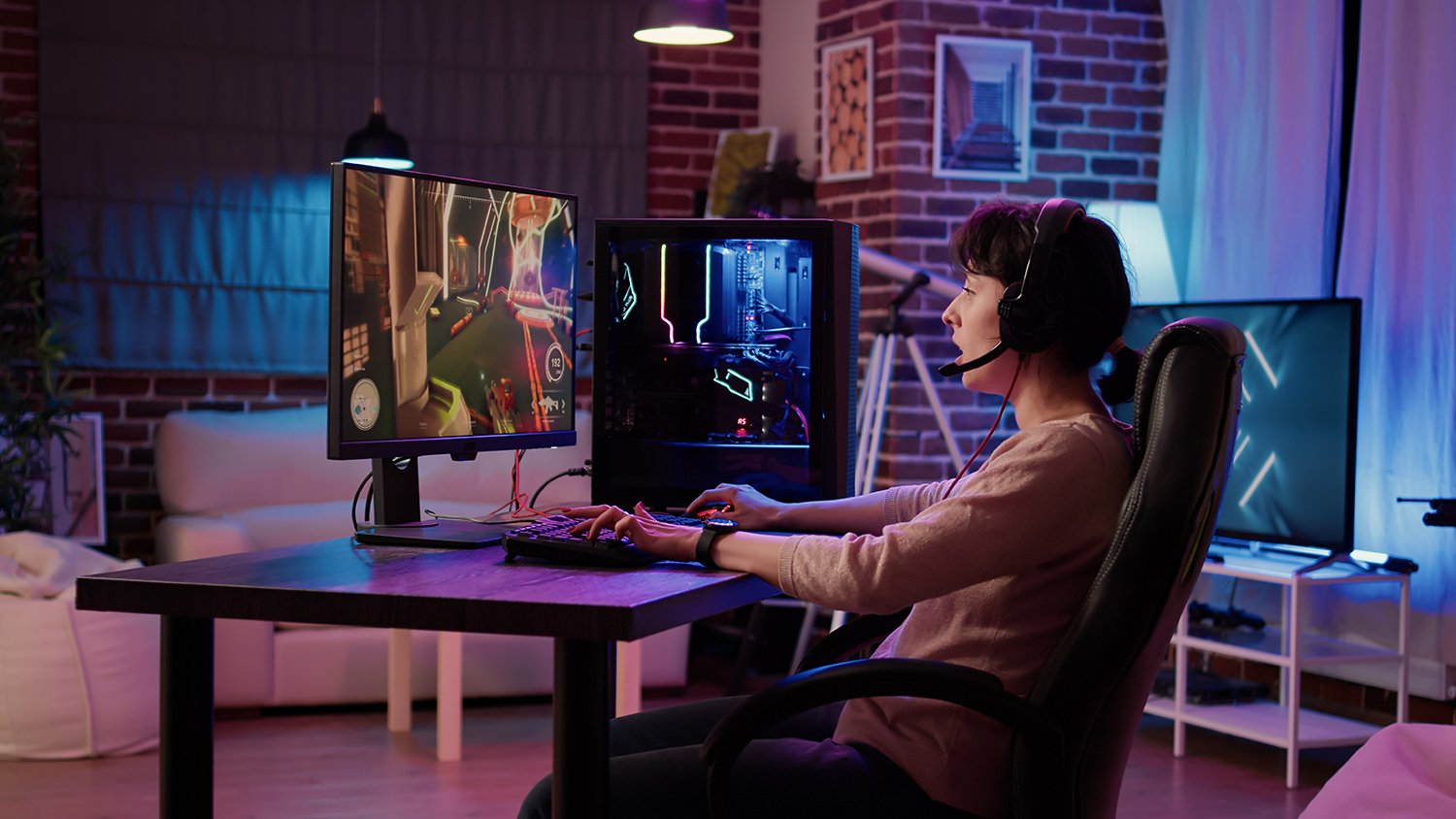
With millions of apps in both the App and Play Store and thousands added daily, it’s difficult to stand out in this fierce and competitive market. That’s where gamification comes in. You deploy game mechanics like leaderboards, badges, and reward points in a non-game context to engage users more effectively and keep them on the app for a longer time.
Benefits of app gamification:
Tips to add gamification to your app:
Modern video games always come with some form of progress display. It lets you see how far you are from your goal and quantifies what you have achieved so far. Every time you look at the progress bar, you are inspired to push yourself a bit more and achieve your goals. Moreover, when you reach your goals, you get to show off the milestone to your peers for social recognition. Thus, the progress bar doesn’t just help you foster more active users but makes them actively promote your app to friends and family and add new users to your app.
That’s why most fitness and educational apps use some form of progress display. For instance, Duolingo, the language learning app has a progress bar that shows your proficiency level in a language and the number of skills you need to acquire to get to the next level. The same holds for MyFitnessPal, the fitness and calorie tracking app. It tracks your consumed calories and gauges your progress toward your goal so that you can adjust your workout or diet for the day to hit those goals without fail.
Human beings are social creatures and recognition from your peers is a basic need for everyone; Even better when you get to compete with your peers and stay ahead of them. That’s why PvP(Player vs Player) games with social media sharing features are so popular. You can achieve a similar level of popularity by introducing those competitive mechanics in your app.
For instance, Strava, the training and tracking app is built around social interaction and competitiveness. It has leaderboards for every activity. Decided to go on a 5K run? Well, after the run, the app shows you how you compare to other users and your friends on Strava. You also get to routinely participate in challenges. The app also facilitates route creation for running, hiking, and biking sessions, with users even expressing creativity through GPS-drawn art.
Don’t forget to acknowledge user achievements with badges, perks, or incentives upon reaching milestones. This not only keeps users motivated but also provides a satisfying dose of dopamine and serotonin upon accomplishing their goals.
When you introduce gaming elements in non-game environments, it can make the dullest of routines into an enjoyable experience. The best apps are already using some form of gamification. What’s stopping you?

Mr. Robert Willson is one of the few geeks who never gets tired when it comes to technology. From the latest gadgets to AI and machine learning, Mr. Willson translates them into easy-to-digest insights. Where there is tech, there is him!